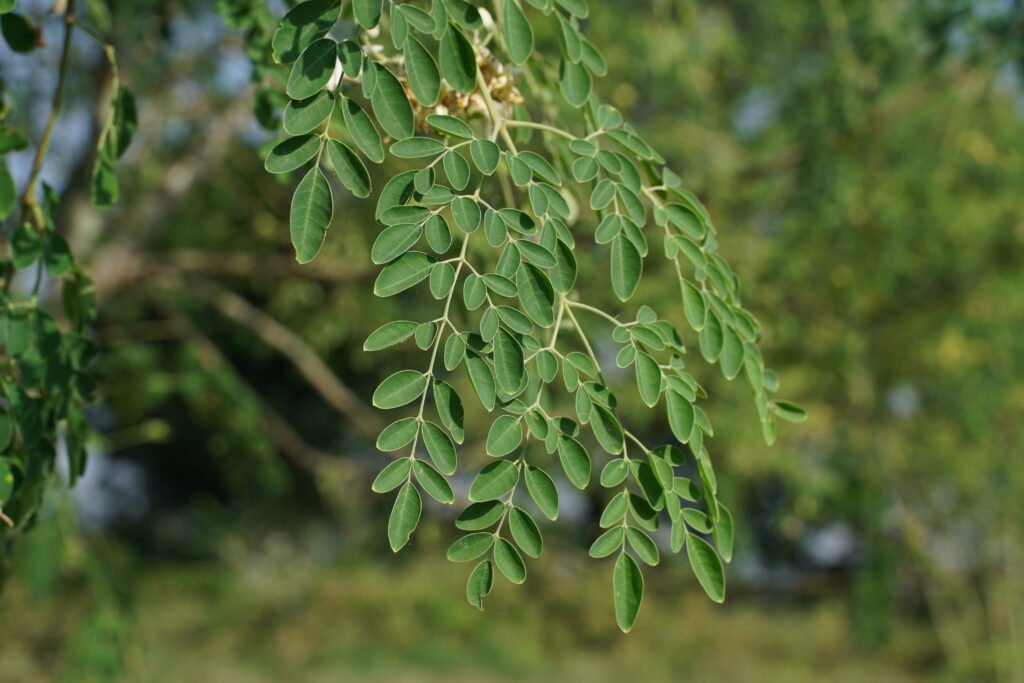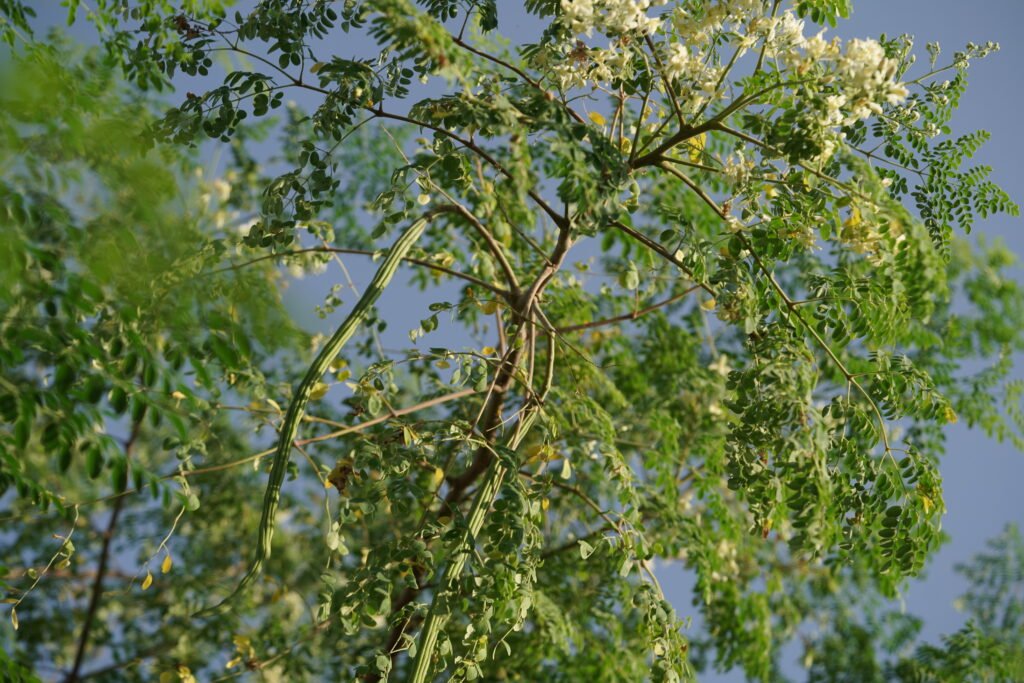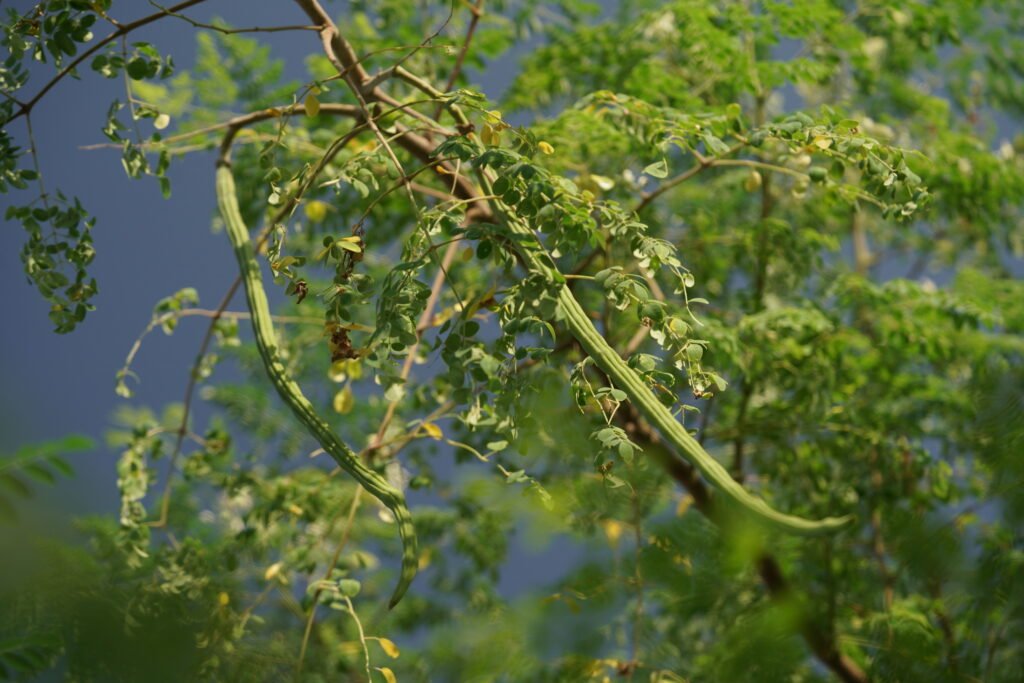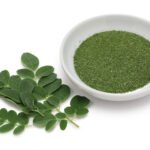 27 March 2025
27 March 2025How to Grow Moringa: A Complete Planting Guide
Moringa, also known as the “Miracle Tree” or “Drumstick Tree,” is one of the most powerful superfoods in the world. Packed with vitamins, minerals, and antioxidants, Moringa is widely used in herbal medicine and sustainable agriculture. Its ability to thrive in poor soil and drought conditions makes it an ideal plant for home gardens, farms, and commercial cultivation.
If you want to grow Moringa at home or on a larger scale, this step-by-step guide will help you understand the best practices for planting, caring for, and harvesting Moringa for maximum yield.
Why Grow Moringa?
Before we dive into the cultivation process, let’s explore why Moringa is an excellent plant to grow:
- Highly Nutritious – Moringa leaves contain vitamins A, C, and E, iron, calcium, and protein, making them a powerhouse of nutrition.
- Medicinal Benefits – It has anti-inflammatory, antioxidant, and antibacterial properties that support immune health and overall well-being.
- Fast-Growing and Drought-Resistant – Moringa trees can grow up to 10-12 feet in a year and thrive in dry conditions.
- Versatile Usage – Its leaves, pods, seeds, and flowers are all edible and beneficial.
- Soil Enrichment – Moringa improves soil fertility by fixing nitrogen and preventing erosion.
Now, let’s move on to how you can successfully grow Moringa.

1. Choosing the Right Climate and Soil
Climate Requirements
Moringa thrives in warm, tropical, and subtropical climates. It prefers temperatures between 25°C to 35°C (77°F to 95°F) but can tolerate extreme conditions. It is not frost-resistant, so in colder climates, it must be grown in pots and moved indoors during winter.
Soil Conditions
- Moringa prefers well-drained, loamy or sandy soil with a pH between 6.0 and 7.5.
- It does not grow well in heavy clay soil as it retains too much water, leading to root rot.
- If the soil is poor, adding organic compost can improve fertility and structure.
2. Planting Moringa
Moringa can be grown from seeds or cuttings.
Growing Moringa from Seeds
- Choose Fresh Seeds – Select high-quality, mature Moringa seeds for better germination.
- Sowing the Seeds
- Directly sow seeds ½ inch to 1 inch deep in soil.
- Space them 2-3 feet apart if planting multiple trees.
- Water lightly but consistently.
- Germination Time – Seeds usually sprout within 7-14 days.
- Transplanting – If started in containers, transplant the saplings when they are 6-12 inches tall.
Growing Moringa from Cuttings
- Select a Healthy Branch – Take a 2-3 feet long cutting from a mature tree.
- Plant in Soil – Insert ⅓ of the cutting into moist soil.
- Water Gently – Keep the soil slightly damp but avoid overwatering.
- New Growth – Roots develop in 6-8 weeks.

3. Caring for Moringa Trees
Watering
- Moringa is drought-resistant, but young plants need regular watering until they are well established.
- Avoid waterlogging, as excessive moisture can cause root rot.
Sunlight
- Moringa requires 6-8 hours of direct sunlight daily.
- If growing in containers, place them in a sunny spot.
Fertilizing
- Moringa does not need excessive fertilizers. However, using organic compost or manure can promote better growth.
- Apply compost once every 2-3 months for higher yield.
Pruning
- Prune regularly to keep the tree from growing too tall and encourage bushy growth.
- Cut back excess branches to maintain a manageable height.
Pest and Disease Control
- Moringa is naturally pest-resistant, but watch out for aphids and caterpillars.
- Use neem oil or organic pesticides if pests become a problem.
- Ensure proper drainage to prevent fungal infections.
4. Harvesting Moringa
Harvesting Leaves
- Start harvesting leaves once the tree is 3-4 feet tall.
- Pick young, tender leaves regularly to encourage growth.
Harvesting Drumsticks (Pods)
- Pods are ready to harvest after 6-8 months when they are 1-2 feet long.
- Young pods are edible and tender, while mature pods can be used for seeds.
Harvesting Seeds
- Allow some pods to dry on the tree.
- Once they turn brown and crack open, collect the mature seeds.

5. Uses of Moringa
Culinary Uses
- Moringa leaves can be used in salads, soups, teas, and curries.
- Pods (drumsticks) are commonly used in vegetable dishes.
- Seeds can be roasted and eaten as snacks.
Health Benefits
- Boosts immunity and energy levels.
- Supports heart health and digestion.
- Helps reduce inflammation and control blood sugar levels.
To learn more about its incredible health advantages, read our detailed blog:
Top 5 Benefits of Moringa for Daily Health
Soil and Water Purification
- Crushed Moringa seeds can purify water by removing bacteria and impurities.
- Moringa trees improve soil fertility by fixing nitrogen.
6. Growing Moringa in Containers
If you have limited space, Moringa can be grown in pots or containers.
- Choose a 10-15 gallon container with drainage holes.
- Use light, well-draining soil.
- Keep in a sunny location.
- Prune frequently to maintain a manageable size.
Conclusion
Growing Moringa is a rewarding experience that provides nutritional, medicinal, and environmental benefits. Whether you have a large farm or a small backyard, Moringa is easy to grow and care for. By following these simple steps, you can cultivate your own “Miracle Tree” and enjoy its abundant health benefits for years to come.
Start planting today and embrace a healthier, sustainable lifestyle with Moringa!





